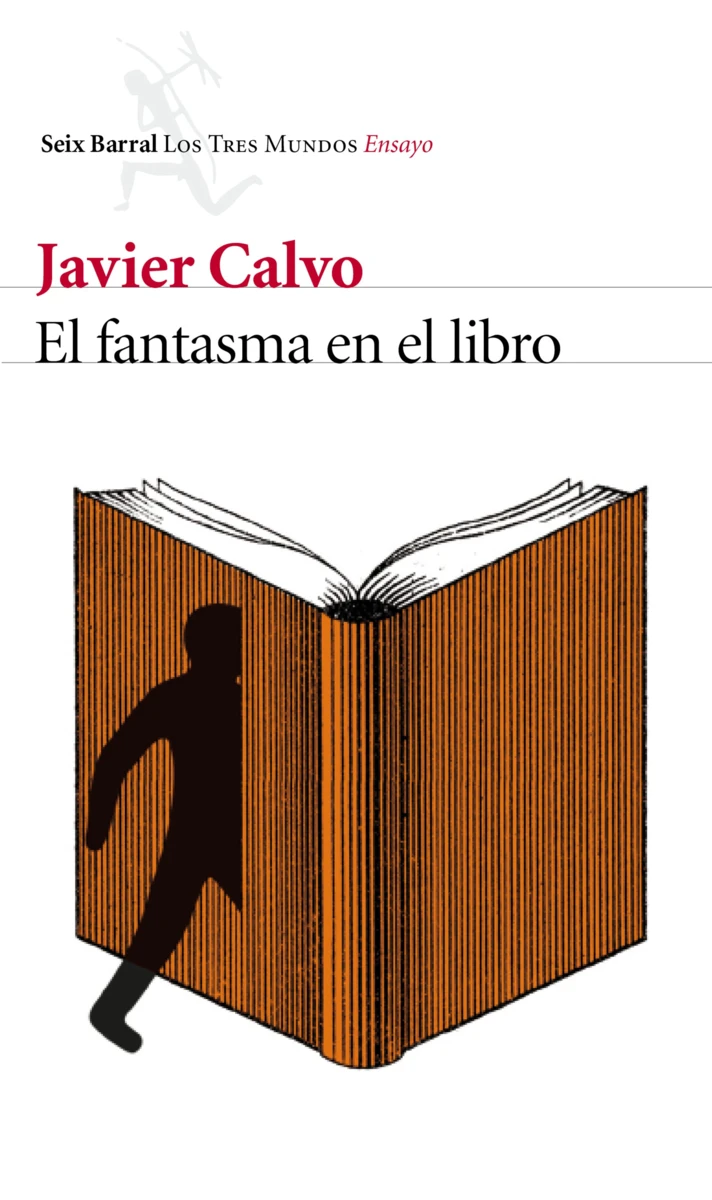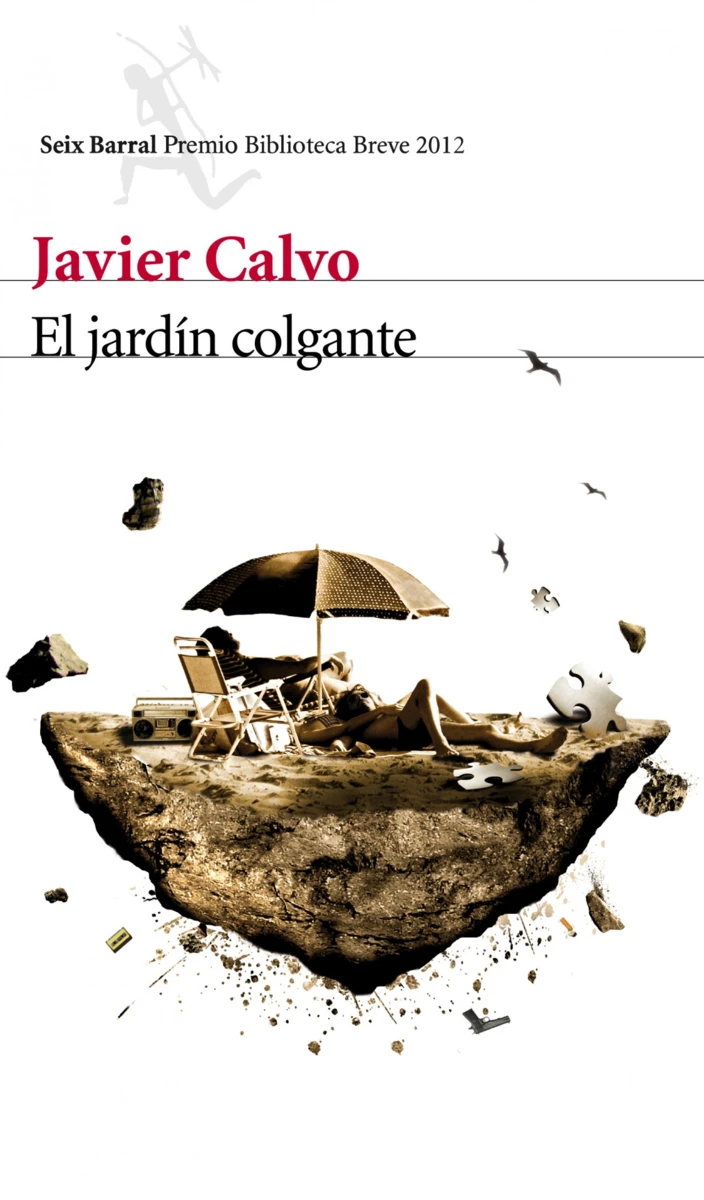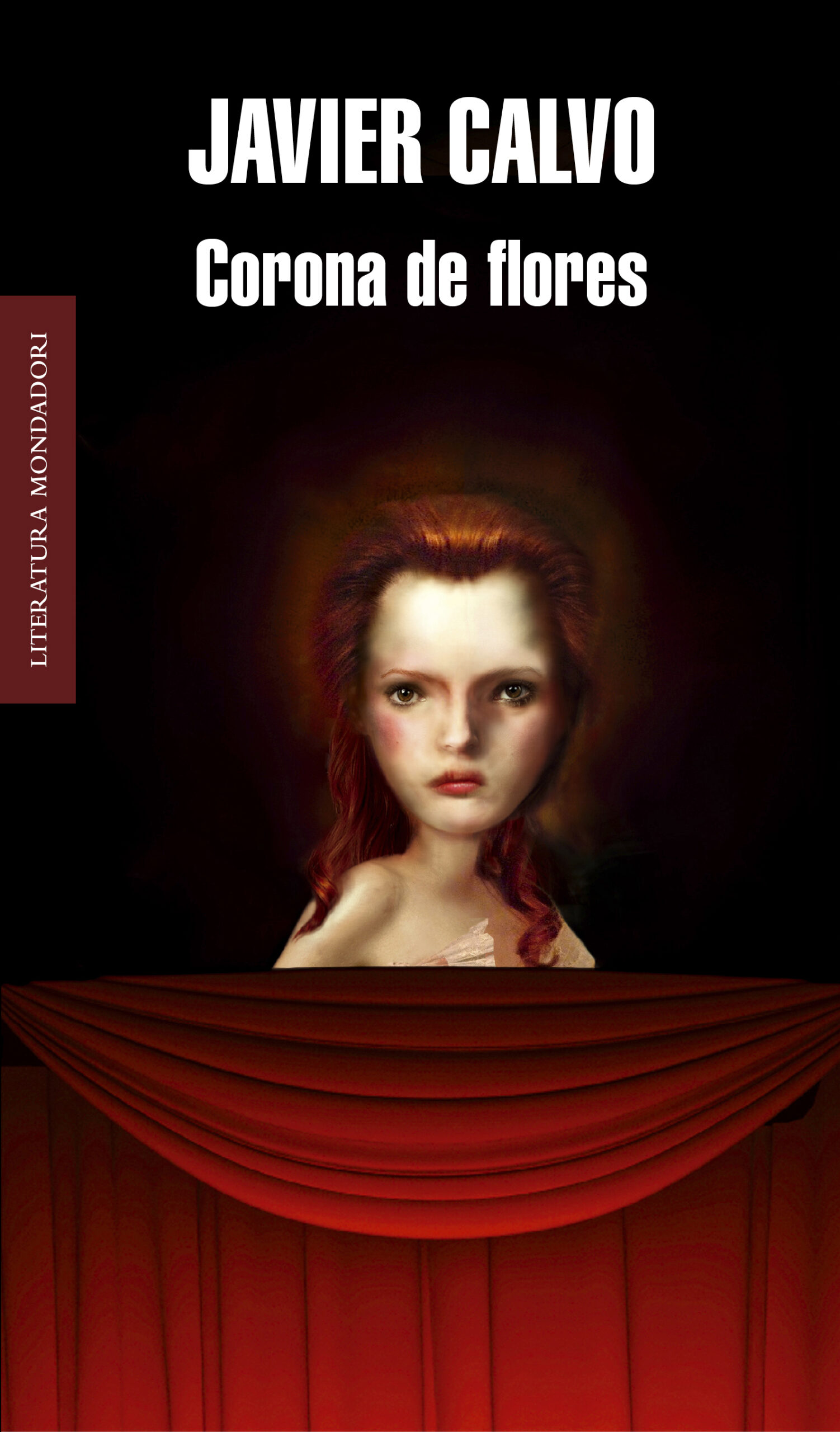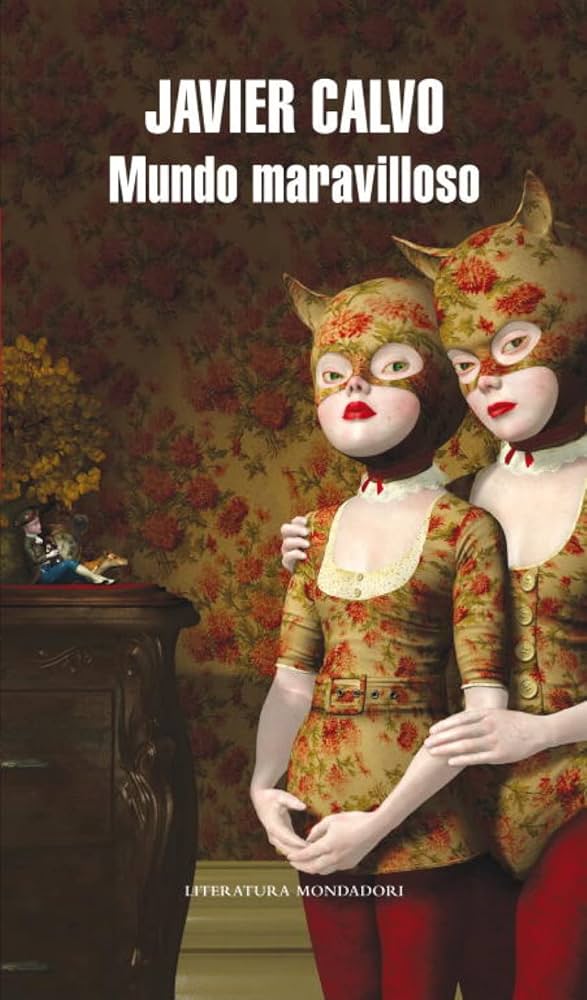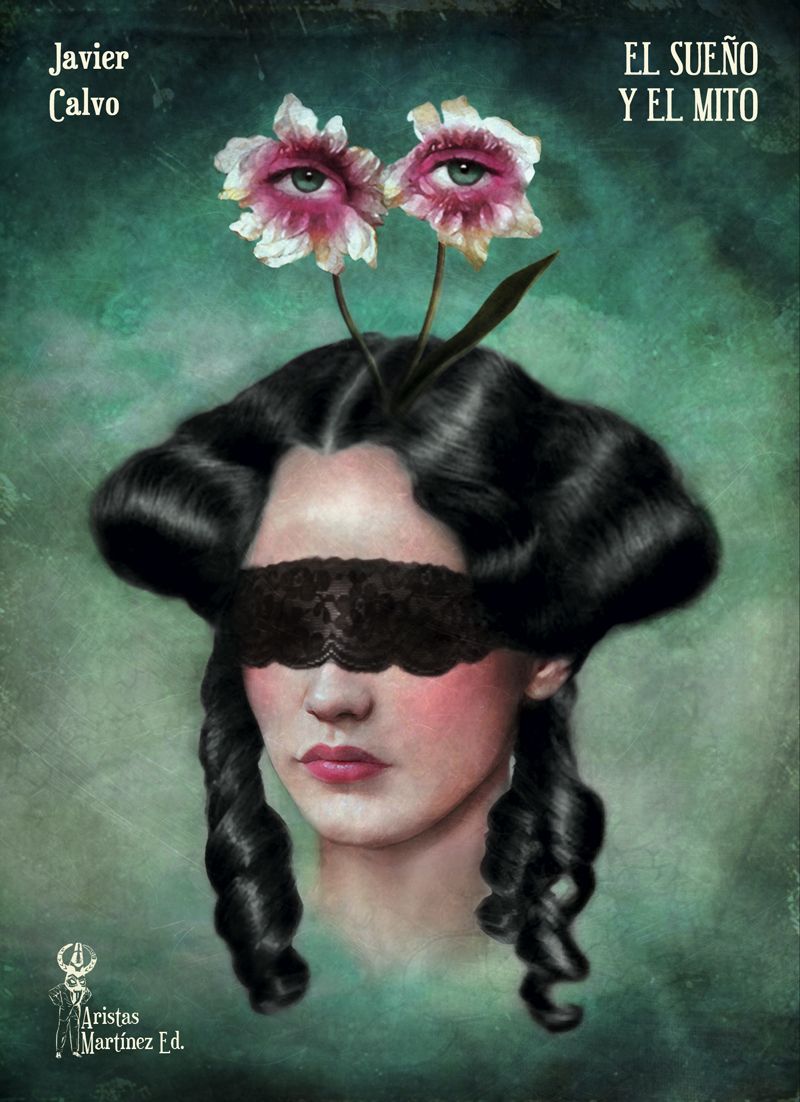
El sueño y el mito
16 essays on weird art and literature
The essays and articles in this collection were published over the past five years. Broadly speaking, they all deal with the relationship between literary or artistic creation and mystery, the irrational, or the occult. More precisely, I wanted to explore what it is about art—or a certain form of art—that transcends the purely artistic. What connects it with ritual, magic, and the sacred.
The Dream and the Myth does not strictly gather texts on fantasy literature, but it does focus on authors of the fantastic genre who have had contact with occult philosophy, or with the terrifying or the incomprehensible. That is why I used the term “strange” in the subtitle—to avoid speaking of the fantastic while using a word that encompasses dark music, visionary architecture, or satanic clubs.
The two guiding presences of the book are H.P. Lovecraft and Alan Moore, who anchor the book at the beginning and the end, and to whom I dedicate the most pages. But the pages also feature Arthur Conan Doyle, Arthur Machen, Juan Eduardo Cirlot, Doctor Who, Psychick TV, Grant Morrison, and Black Metal. Occasional texts that decided to live together.

